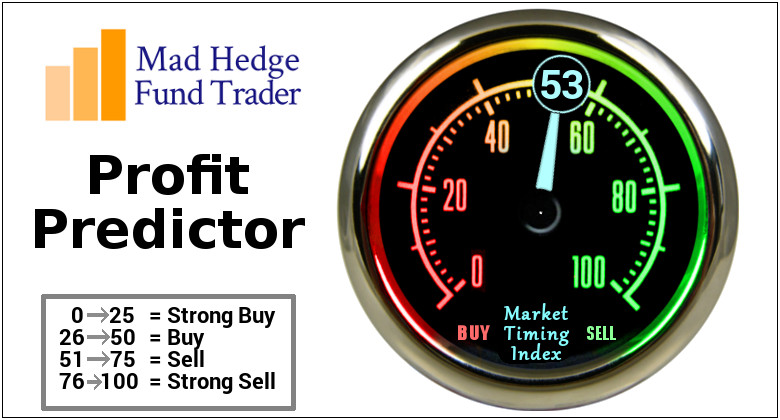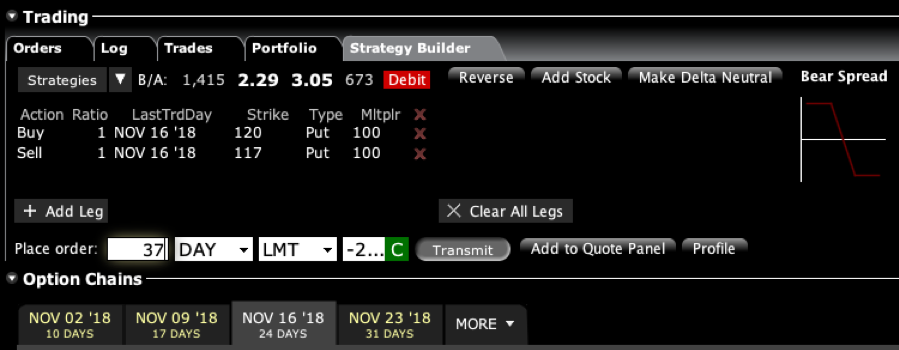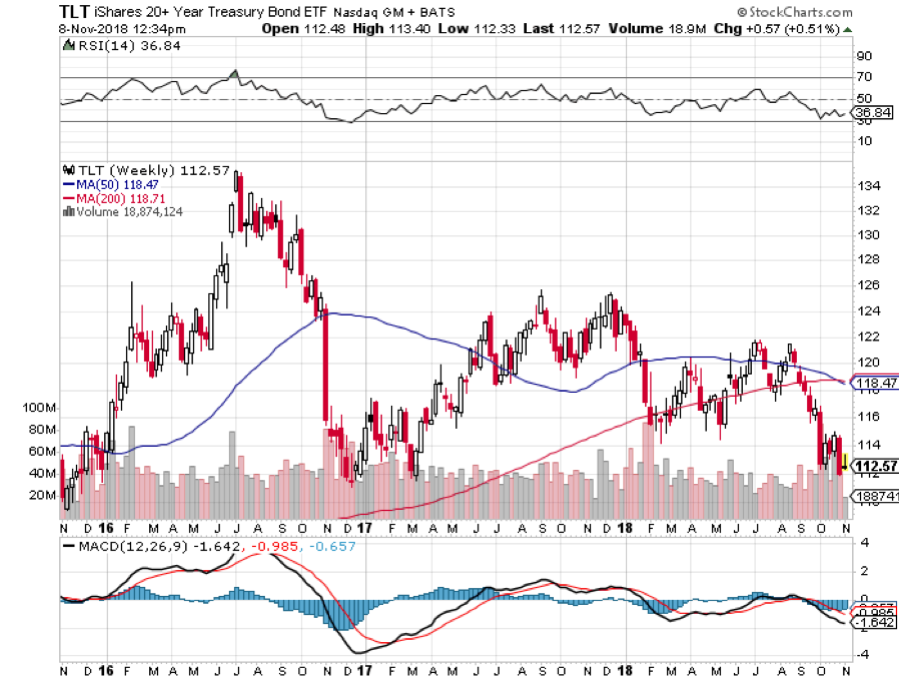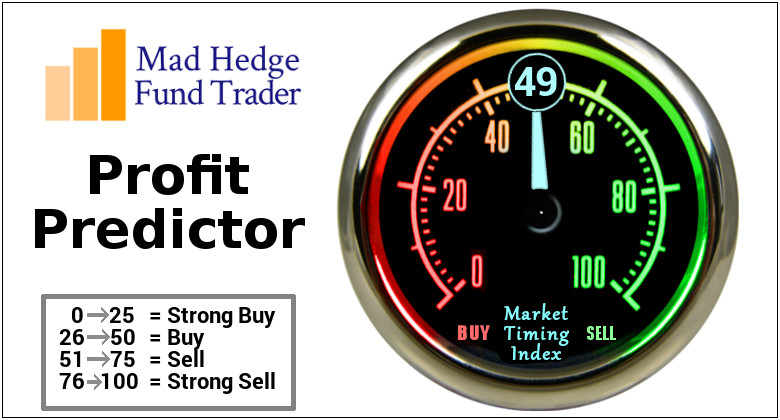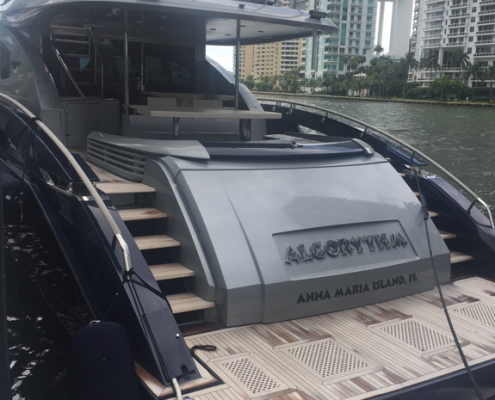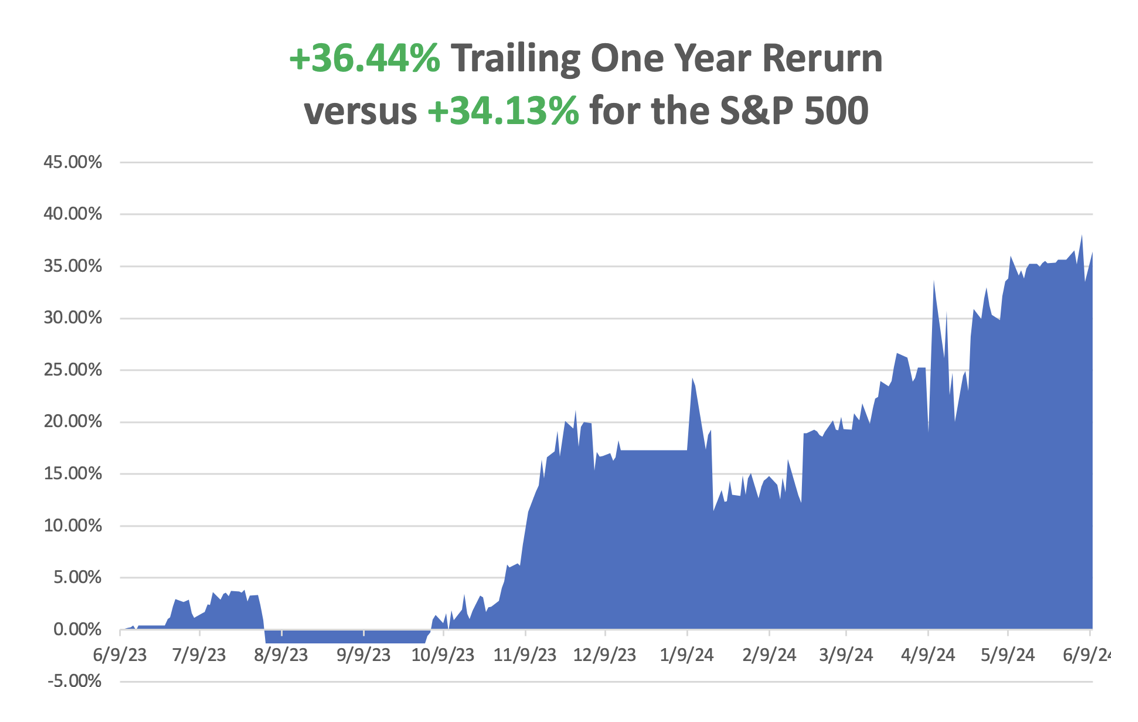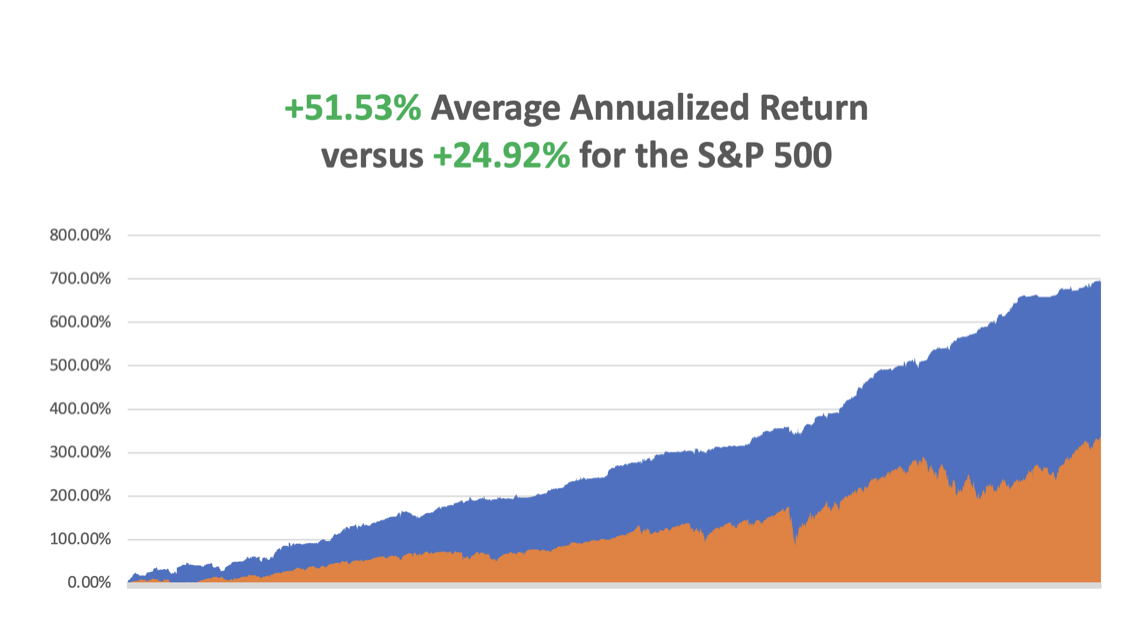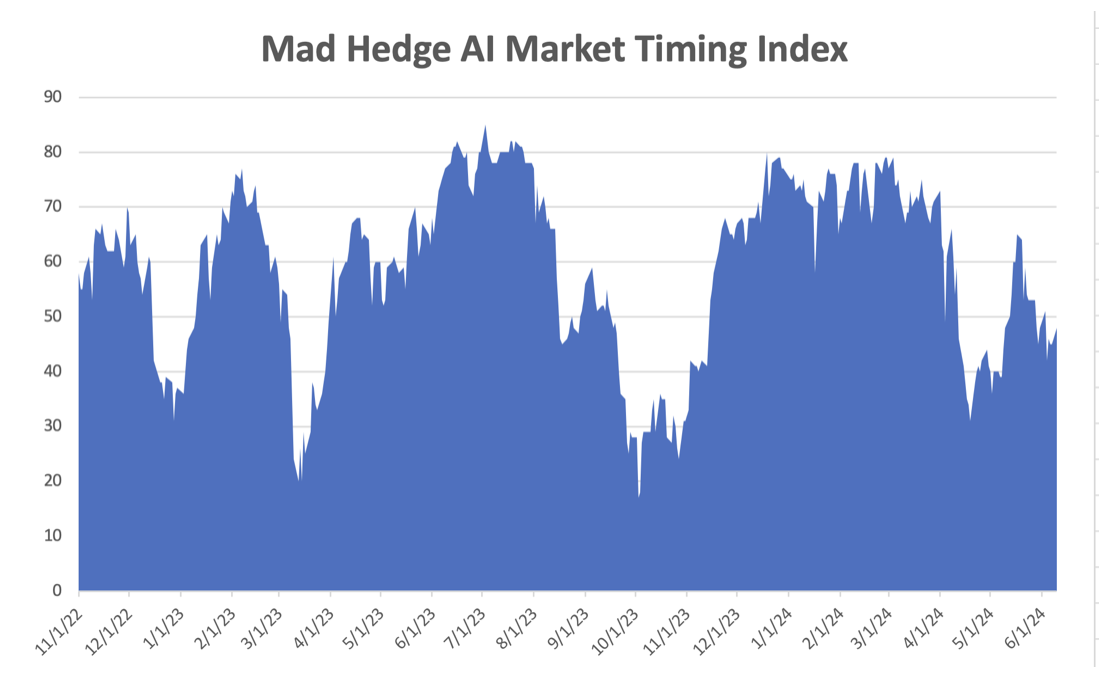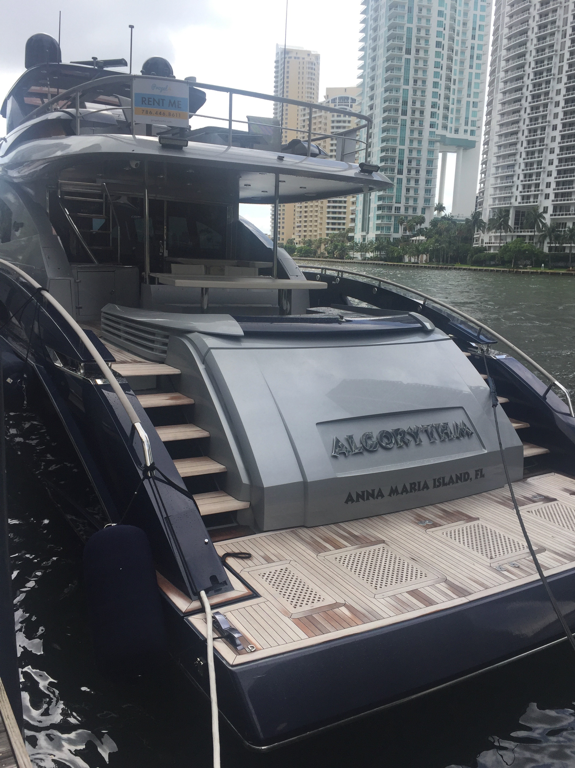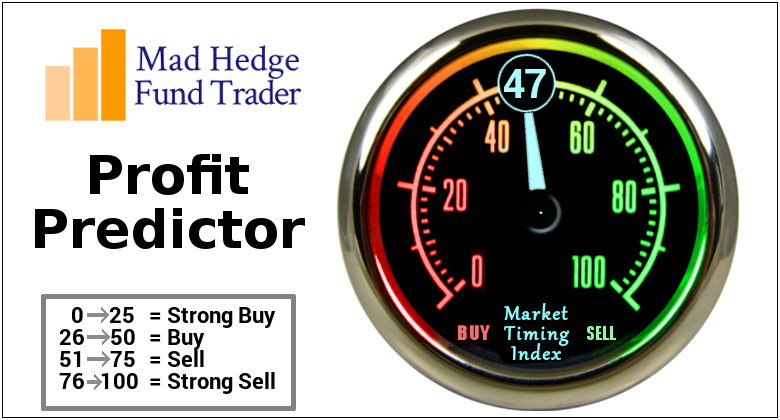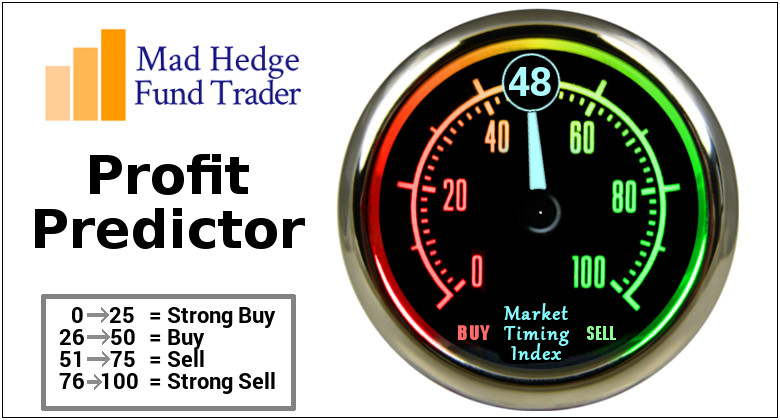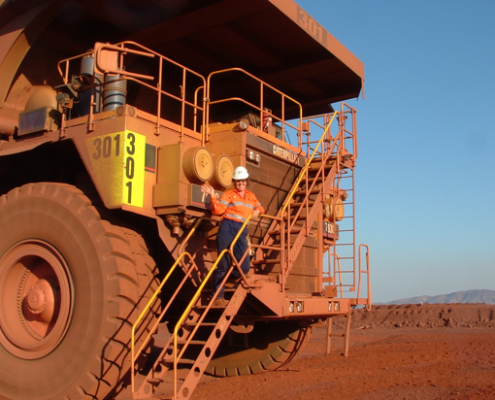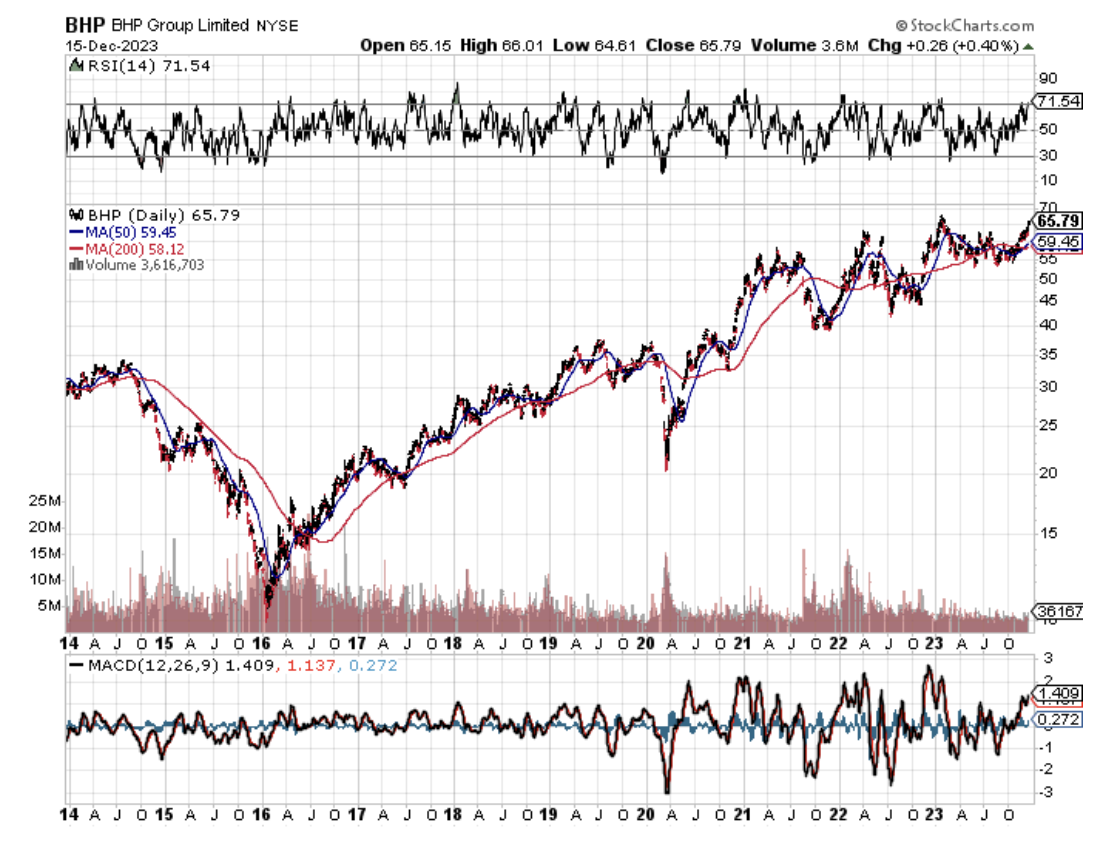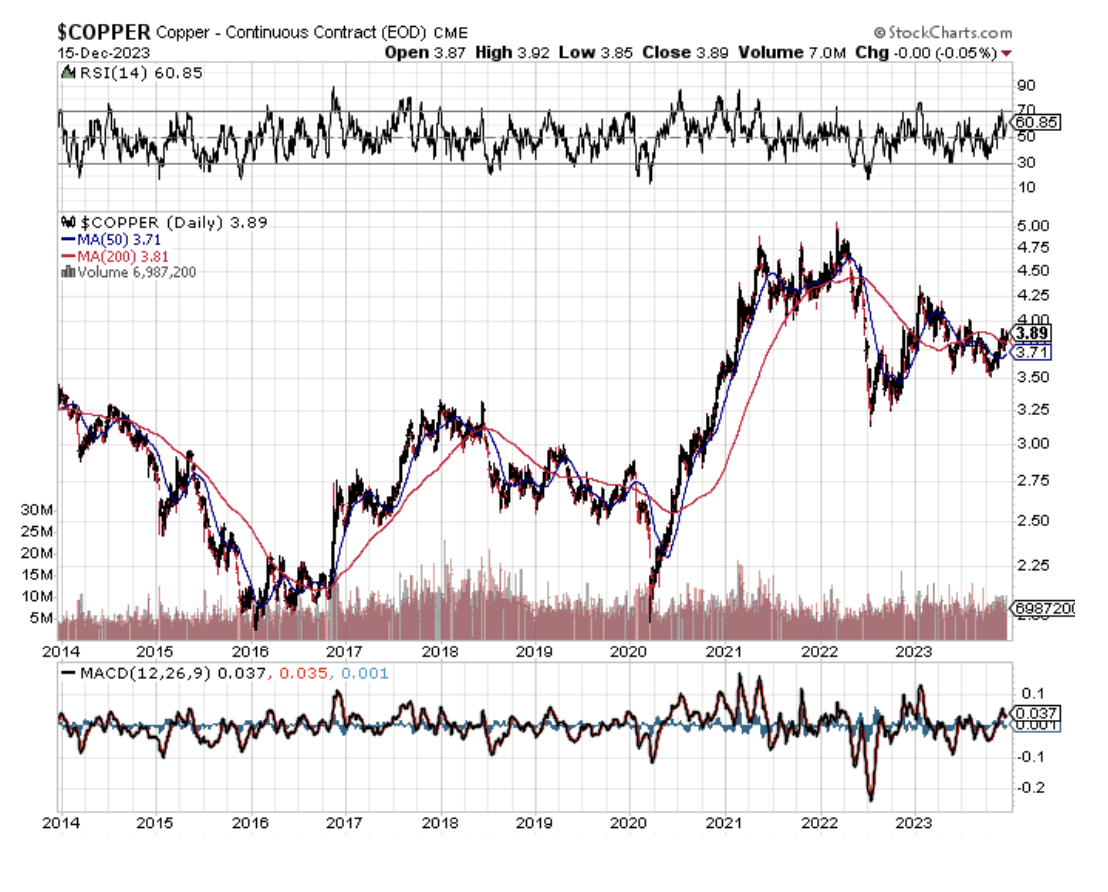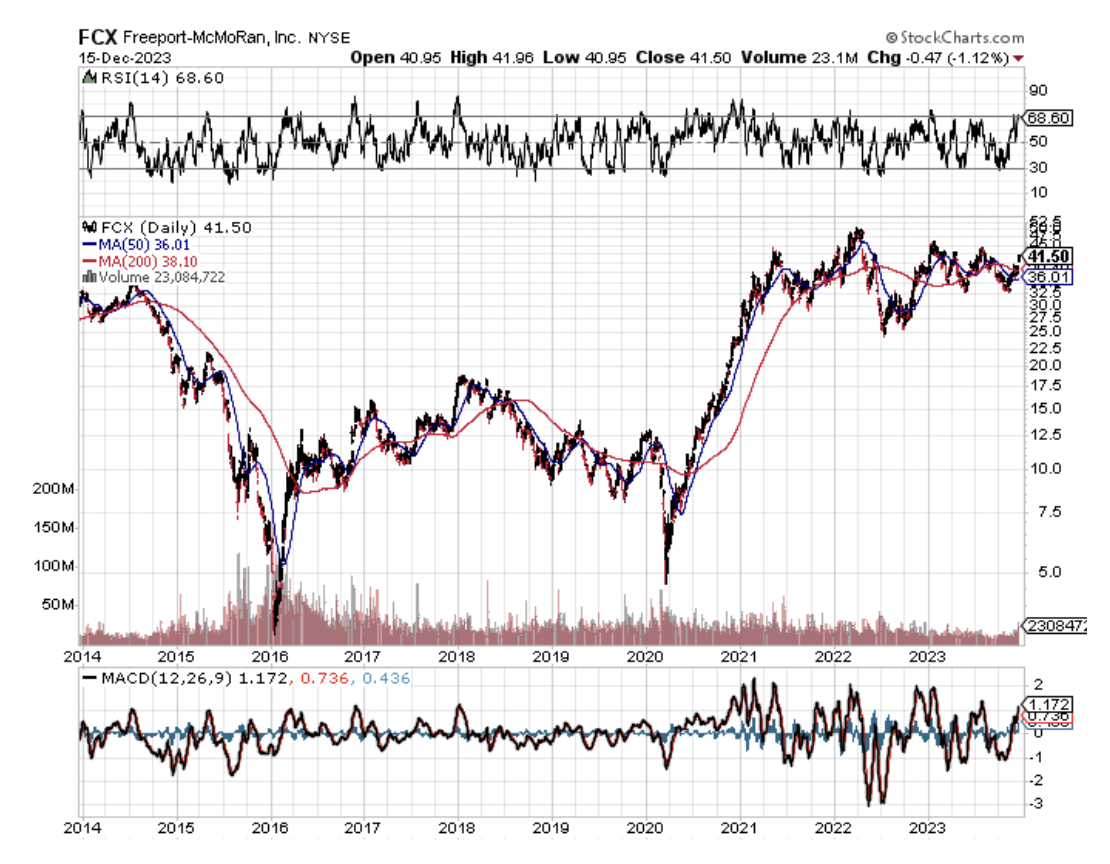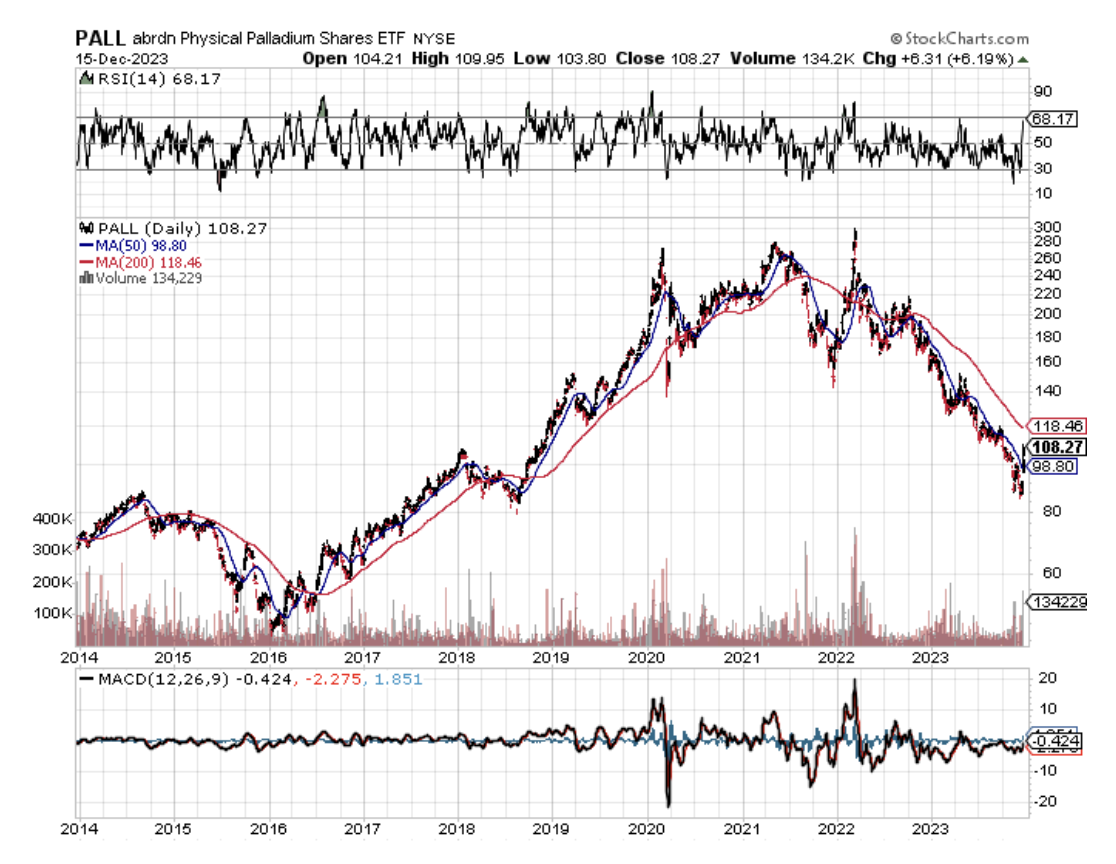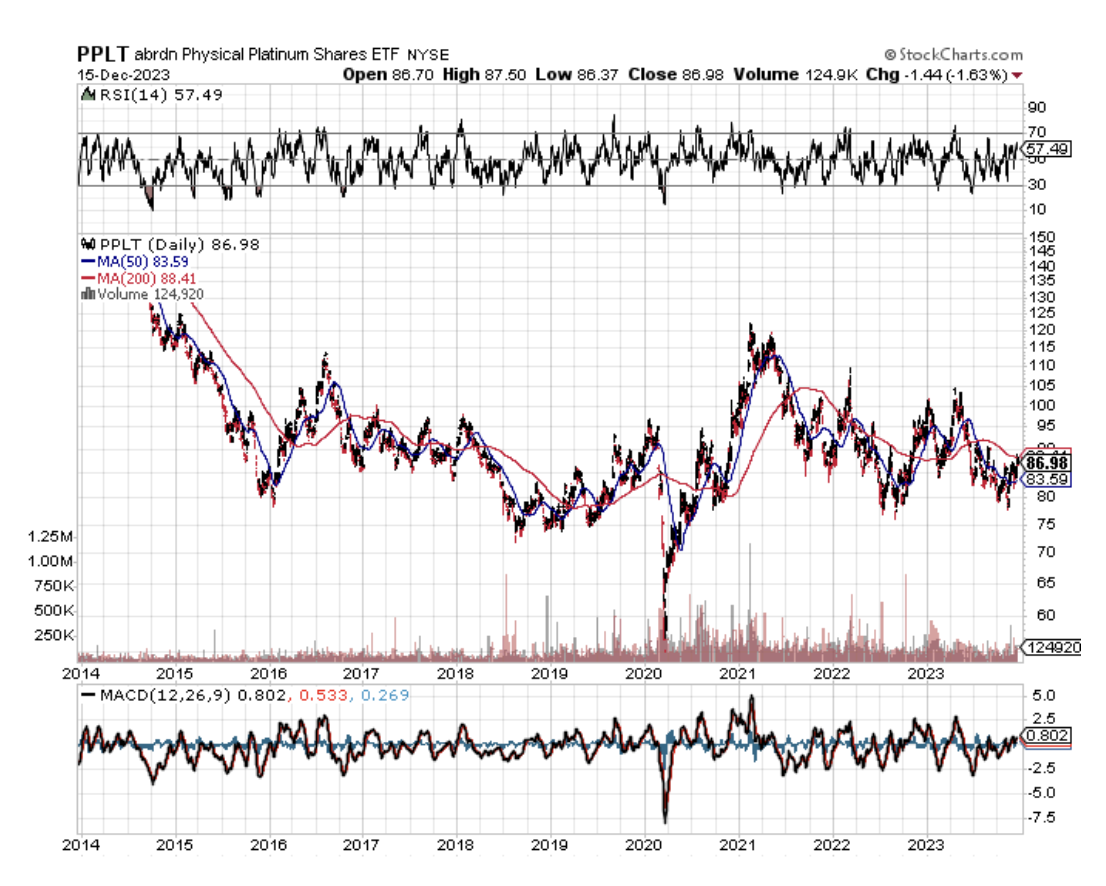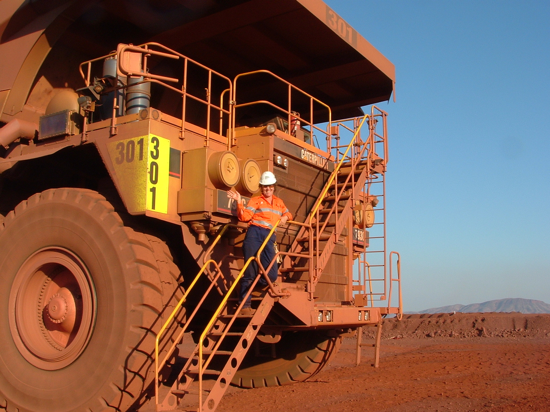
“Analysts don’t know preferred stock from livestock,” said Gordon Gekko in the classic film Wall Street.
Global Market Comments
July 5, 2024
Fiat Lux
Featured Trade:
(TESTIMONIAL)
(PLAYING THE SHORT SIDE WITH VERTICAL BEAR PUT SPREADS)
(TLT)
At some point in 2024, we are going to need to SELL. Maybe there will be an economic slowdown, a surprise election outcome, or a flock of black swans. However, there is selling and then there is selling.
I have a new training video on how to execute a vertical bear put debit spread. You can watch the full 34-minute video by clicking here.
The last one was made seven years ago.
Since then, we have learned a lot from customer questions. The nature of the options markets has also changed. I recommend watching it on full screen so you can read all the numbers on my options trading platform.
I am normally a pretty positive person.
For me, the glass is always half full, not half empty, and it’s always darkest just before dawn. After all, over the past 100 years, markets have risen 80% of the time and that includes the Great Depression.
However, every now and then conditions arise where it is prudent to sell short or make a bet that a certain security will fall in price.
This could happen for myriad reasons. The economy could be slowing down. Companies might disappoint in earnings. “Sell in May, and go away?" It works….sometimes. Oh, and new pandemic variants can strike at any time.
Other securities have long-term structural challenges, like the US Treasury bond market (TLT). Exploding deficits as far as the eye can see assure that government debt of every kind will be a perennial short for years to come.
Once you identify a short candidate, you can be an idiot and just buy put options on the security involved. Chances are that you will overpay and that accelerated time decay will eat up all your profits even if you are right and the security in question falls. All you are doing is making some options traders rich at your expense.
For outright put options to work, your stock has to fall IMMEDIATELY, like in a couple of days. If it doesn’t, then the sands of time run against you very quickly. Something like 80% of all options issued expires unexercised.
And then there’s the right way to play the short side, i.e., MY way. You go out and buy a deep-in-the-money vertical bear put debit spread.
This is a matched pair of positions in the options market that will be profitable when the underlying security goes down, sideways, or up small in price over a defined limited period of time. It is called a “debit spread” because you have to pay money to buy the position instead of receiving a cash credit.
It is the perfect position to have on board during bear markets. As my friend Louis Pasteur used to say, “Chance favors the prepared.”
I’ll provide an example of how this works with the United States Treasury Bond Fund (TLT) which we have been selling short nearly twice a month since the bond market peaked in July 2016.
On October 23, 2018, I sent out a Trade Alert that read like this:
Trade Alert - (TLT) - BUY
BUY the iShares Barclays 20+ Year Treasury Bond Fund (TLT) November 2018 $117-$120 in-the-money vertical BEAR PUT spread at $2.60 or best.
At the time, the (TLT) was trading at $114.64. To add the position, you had to execute the following positions:
Buy 37 November 2018 (TLT) $120 puts at…….………$5.70
Sell short 37 November 2018 (TLT) $117 puts at….….$3.10
Net Cost:…………………..…….………..………….…...........$2.60
Potential Profit: $3.00 - $2.60 = $0.40
(37 X 100 X $0.40) = $1,480 or 11.11% in 18 trading days.
Here’s the screenshot from my personal trading account:
This was a bet that the (TLT) would close at or below $117 by the November 16 options expiration day.
The maximum potential value of this position at expiration can be calculated as follows:
+$120 puts
-$117 puts
+$3.00 profit
This means that if the (TLT) stays below $117, the position you bought for $2.60 will become worth $3.00 by November 16.
As it turned out that was a prescient call. By November 2, or only eight trading days later, the (TLT) had plunged to $112.28. The value of the iShares Barclays 20+ Year Treasury Bond Fund (TLT) November 2018 $117-$120 in-the-money vertical BEAR PUT spread had risen from $2.60 to $2.97.
With 92.5% of the maximum potential profit in hand (37 cents divided by 40 cents), the risk/reward was no longer favorable to carry the position for the remaining ten trading days just to make the last three cents.
I, therefore, sent out another Trade Alert that said the following:
Trade Alert - (TLT) – PROFITS
SELL the iShares Barclays 20+ Year Treasury Bond Fund (TLT)November 2018 $117-$120 in-the-money vertical BEAR PUT spread at $2.97 or best
In order to get out of this position you had to execute the following trades:
Sell 37 November 2018 (TLT) $120 puts at…………….......…$7.80
Buy to cover short 37 November 2018 (TLT) $117 puts at….$4.83
Net Proceeds:………………………….………..………….…..............$2.97
Profit: $2.97 - $2.60 = $0.37
(37 X 100 X $0.37) = $1,369 or 14.23% in 8 trading days.
Of course, the key to making money in vertical bear put spreads is market timing. To get the best and most rapid results you need to buy these at market tops.
If you’re useless at identifying market tops, don’t worry. That’s my job. I’m right about 90% of the time and send out a STOP LOSS Trade Alert very quickly when I’m wrong.
With a recession and bear market just ahead of us understanding the utility of the vertical bear put debit spread is essential. You’ll be the only guy making money in a falling market. The downside is that your friends will expect you, to pick up every dinner check.
But only if they know.
Understanding Bear Put Spreads is Crucial in Falling Markets
Global Market Comments
July 3, 2024
Fiat Lux
Featured Trade:
(MY OLD PAL, LEONARDO FIBONACCI),
(TESTIMONIAL)
Global Market Comments
July 2, 2024
Fiat Lux
Featured Trade:
(HOW MY MAD HEDGE AI MARKET TIMING ALGORITHM WORKS)
Since we have just taken in a large number of new subscribers from around the world, I will go through the basics of my Mad Hedge AI Market Timing Index one more time.
I have tried to make this as easy to use as possible, even devoid of the thought process.
When the index is reading 20 or below, you only consider “BUY” ideas. When it reads over 80, it’s time to “SELL.” Everything in between is a varying shade of grey. Most of the time, the index fluctuates between 20-80, which means there is absolutely nothing to do.
To identify a coming market reversal, it’s good to see the index chop around for at least a few weeks at an extreme reading. Look at the three-year chart of the Mad Hedge Market Timing Index.
After three years of battle testing, the algorithm has earned its stripes. I started posting it at the top of every newsletter and Trade Alert several years ago and will continue to do so in the future.
Once I implemented my proprietary Mad Hedge Market Timing Index in October 2016, the average annualized performance of my Trade Alert service soared to an eye-popping 44.54%.
As a result, new subscribers have been beating down the doors trying to get in.
Let me list the high points of having a friendly algorithm looking over your shoulder on every trade.
*Algorithms have become so dominant in the market, accounting for up to 90% of total trading volume, that you should never trade without one
*It does the work of a seasoned 100-man research department in seconds
*It runs in real-time and optimizes returns with the addition of every new data point far faster than any human can. Image a trading strategy that upgrades itself 30 times a day!
*It is artificial intelligence-driven and self-learning.
*Don’t go to a gunfight with a knife. If you are trading against algos alone, you WILL lose!
*Algorithms provide you with a defined systematic trading discipline that will enhance your profits.
And here’s the amazing thing. My Mad Hedge Market Timing Index correctly predicted the outcome of the presidential election, while I got it dead wrong.
You saw this in stocks like US Steel, which took off like a scalded chimp the week before the election.
When my and the Market Timing Index’s views sharply diverge, I go into cash rather than bet against it.
Since then, my Trade Alert performance has been on an absolute tear. In 2017, we earned an eye-popping 57.39%. In 2018, I clocked 23.67% while the Dow Average was down 8%, a beat of 31%. So far in 2024, we are up 20%.
Here are just a handful of some of the elements that the Mad Hedge Market Timing Index analyzes in real-time, 24/7.
50 and 200-day moving averages across all markets and industries
The Volatility Index (VIX)
The junk bond (JNK)/US Treasury bond spread (TLT)
Stocks hitting 52-day highs versus 52-day lows
McClellan Volume Summation Index
20-day stock bond performance spread
5-day put/call ratio
Stocks with rising versus falling volume
Relative Strength Indicator
12-month US GDP Trend
Case Shiller S&P 500 National Home Price Index
Of course, the Trade Alert service is not entirely algorithm-driven. It is just one tool to use among many others.
Yes, 50 years of experience trading the markets is still worth quite a lot.
I plan to constantly revise and upgrade the algorithm that drives the Mad Hedge Market Timing Index continuously as new data sets become available.
It Seems I’m Not the Only One Using Algorithms
Global Market Comments
July 1, 2024
Fiat Lux
SPECIAL ISSUE ABOUT THE FAR FUTURE
Featured Trade:
(PEAKING INTO THE FUTURE WITH RAY KURZWEIL),
(GOOG), (INTC), (AAPL), (TXN)
Global Market Comments
June 28, 2024
Fiat Lux
Featured Trade:
(THE NEXT COMMODITY SUPER CYCLE HAS ALREADY STARTED),
(COPX), (GLD), (FCX), (BHP), (RIO), (SIL),
(PPLT), (PALL), (GOLD), (ECH), (EWZ), (IDX)
When I closed out my position in Freeport McMoRan (FCX) near its max profit earlier this year, I received a hurried email from a reader asking if he should still keep the stock. I replied very quickly:
“Hell, yes!”
When I toured Australia a couple of years ago, I couldn’t help but notice a surprising number of fresh-faced young people driving luxury Ferraris, Lamborghinis, and Porsches.
I remarked to my Aussie friend that there must be a lot of indulgent parents in The Lucky Country these days. “It’s not the parents who are buying these cars,” he remarked, “It’s the kids.”
He went on to explain that the mining boom had driven wages for skilled labor to spectacular levels. Workers in their early twenties could earn as much as $200,000 a year, with generous benefits.
The big resource companies flew them by private jet a thousand miles to remote locations where they toiled at four-week on, four-week off schedules.
This was creating social problems, as it is tough for parents to manage offspring who make far more than they do.
The Great Commodity Boom has started, and in fact, we are already years into a prolonged super cycle.
China, the world’s largest consumer of commodities, is currently stimulating its economy on multiple fronts, including generous corporate tax breaks and relaxed reserve requirements. Get a trigger like the impending settlement of its trade war with the US and it will be off to the races once more for the entire sector.
The last bear market in commodities was certainly punishing. From the 2011 peaks, copper (COPX) shed 65%, gold (GLD) gave back 47%, and iron ore was cut by 78%. One research house estimated that some $150 billion in resource projects in Australia were suspended or canceled.
Budgeted capital spending during 2012-2015 was slashed by a blood-curdling 30%. Contract negotiations for price breaks demanded by end consumers broke out like a bad case of chicken pox.
The shellacking was reflected in the major producer shares, like BHP Billiton (BHP), Freeport McMoRan (FCX), and Rio Tinto (RIO), with prices down by half or more. Write-downs of asset values became epidemic at many of these firms.
The selloff was especially punishing for the gold miners, with lead firm, Barrack Gold (GOLD), seeing its stock down by nearly 80% at one point, lower than the darkest days of the 2008-9 stock market crash.
You also saw the bloodshed in the currencies of commodity-producing countries. The Australian dollar led the retreat, falling 30%. The South African Rand has also taken it on the nose, off 30%. In Canada, the Loonie got cooked.
The impact of China cannot be underestimated. In 2012, it consumed 11.7% of the planet’s oil, 40% of its copper, 46% of its iron ore, 46% of its aluminum, and 50% of its coal. It is much smaller than that today, with its annual growth rate dropping by more than half, from 13.7% to 2.3% in 2020.
What happens to commodity prices if China recovers the heady growth rates of yore? It boggles the mind. If China doesn’t step up then India certainly will.
The rise of emerging market standards of living will also provide a boost to hard asset prices. As China goes, so do its satellite trading partners, who rely on the Middle Kingdom as their largest customer. Many are also major commodity exporters themselves, like Chile (ECH), Brazil (EWZ), and Indonesia (IDX), who are looking to come back big time.
As a result, western hedge funds will soon be moving money out of paper assets, like stocks and bonds, into hard ones, such as gold, silver (SIL), palladium (PALL), platinum (PPLT), and copper.
A massive US stock market rally has sent managers in search of any investment that can’t be created with a printing press. Look at the best-performing sectors this year and they are dominated by the commodity space.
The bulls may be right for as long as a decade thanks to the cruel arithmetic of the commodities cycle. These are your classic textbook inelastic markets.
Mines often take 10-15 years to progress from conception to production. Deposits need to be mapped, plans drafted, permits obtained, infrastructure built, capital raised, and bribes paid in certain countries. By the time they come online, prices have peaked, drowning investors in red ink.
So a 1% rise in demand can trigger a price rise of 50% or more. There are not a lot of substitutes for iron ore. Hedge funds then throw gasoline on the fire with excess leverage and high-frequency trading. That gives us higher highs, to be followed by lower lows.
I am old enough to have lived through a couple of these cycles now, so it is all old news for me. The previous bull legs of supercycles ran from 1870-1913 and 1945-1973. The current one started for the whole range of commodities in 2016. Before that, it was down from seven years.
While the present one is short in terms of years, no one can deny how business cycles will be greatly accelerated by the end of the pandemic.
Some new factors are weighing on miners that didn’t plague them in the past. Reregulation of the US banking system has forced several large players, like JP Morgan (JPM) and Goldman Sachs (GS) to pull out of the industry completely. That impairs trading liquidity and widens spreads— developments that can only accelerate upside price moves.
The prospect of falling US interest rates is also attracting capital. That reduces the opportunity cost of staying in raw metals, which pay neither interest nor dividends.
The future is bright for the resource industry. While the gains in Chinese demand are smaller than they have been in the past, they are off of a much larger base. In 20 years, Chinese GDP has soared from $1 trillion to $14.5 trillion.
Some 20 million people a year are still moving from the countryside to the coastal cities in search of a better standard of living and improved prospects for their children.
That is the good news. The bad news is that it looks like the headaches of Australian parents of juvenile high earners may persist for a lot longer than they wish.
Buy all commodities on dips for the next several years.
Global Market Comments
June 27, 2024
Fiat Lux
Featured Trade:
(A BUY WRITE PRIMER)
(AAPL)


